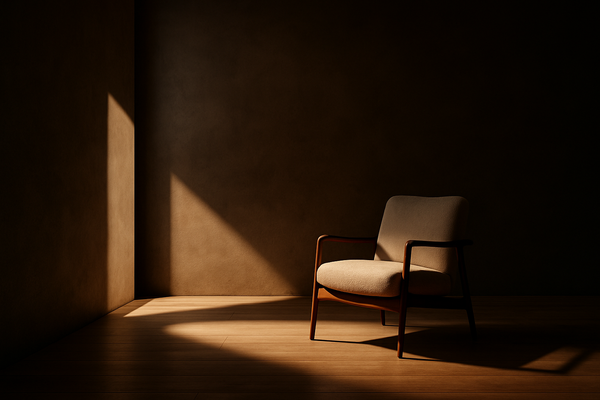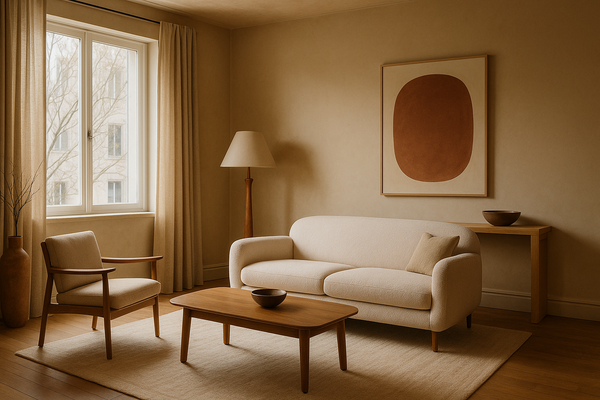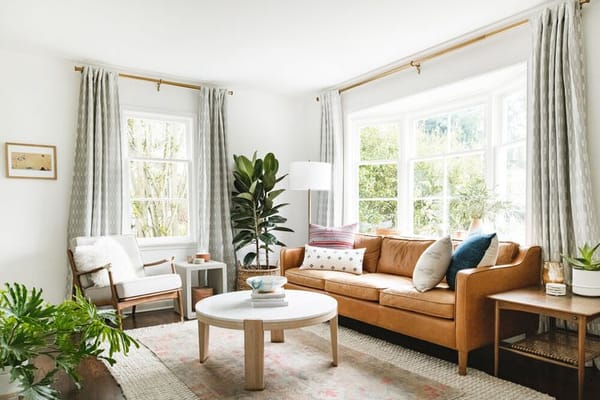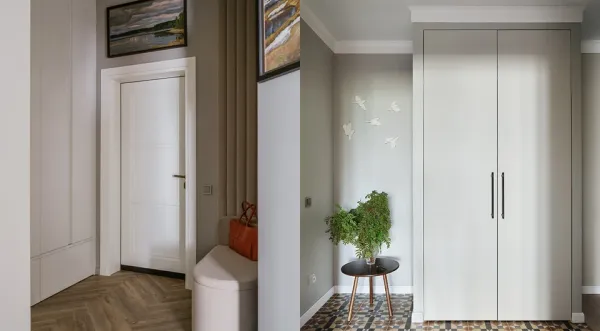8 Bedroom Design Mistakes That Disrupt Sleep
Many people unknowingly ruin their sleep just by how their bedroom is set up. Here are 8 common design mistakes, and how to fix each one simply and beautifully.
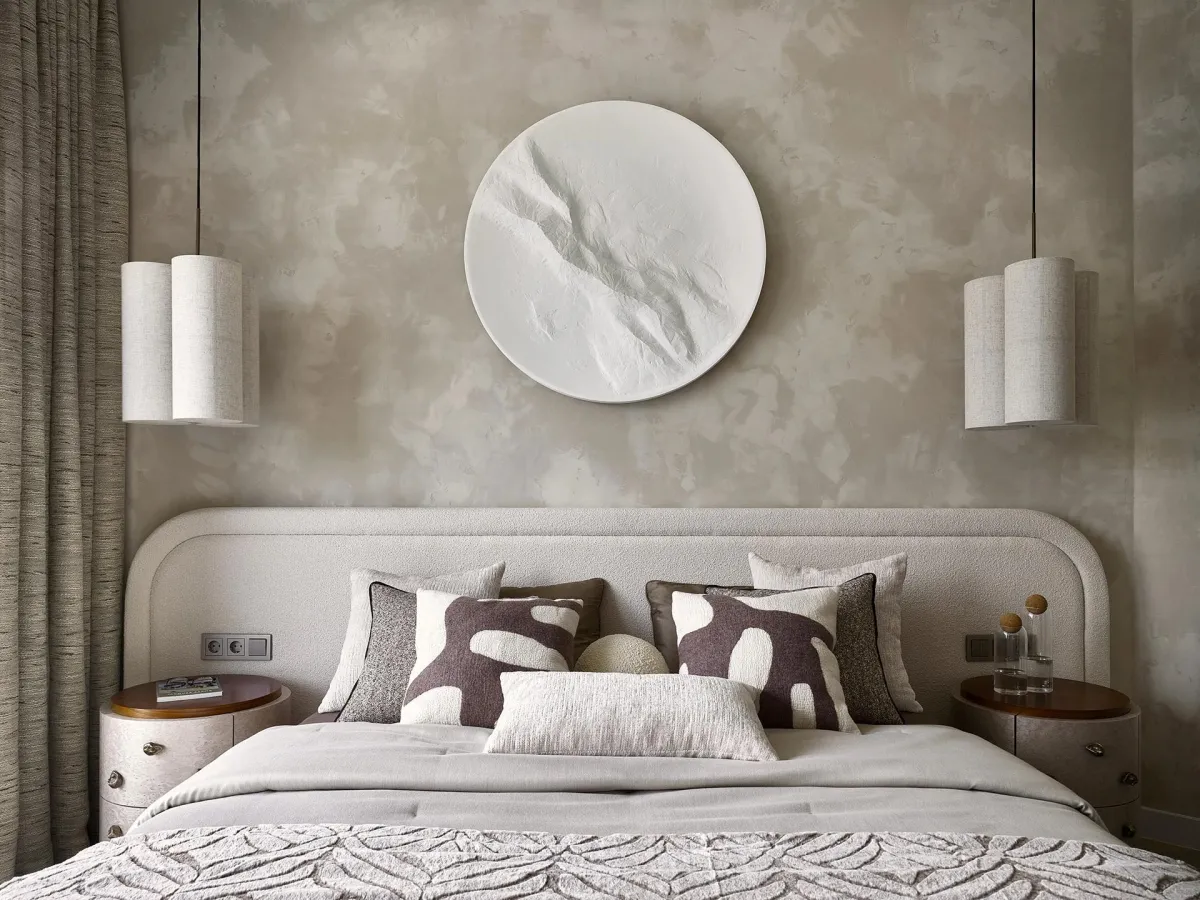
Your bedroom should help you relax, restore, and sleep well.
But sometimes, even when the space looks "nice," small design mistakes can ruin your rest.
Here are 8 of the most common problems, and simple ways to fix them, so your bedroom supports your health, not works against it.
1. Bright or Cold Lighting
The problem:
White or blue-toned light (like daylight bulbs or office lighting) signals your brain to stay alert. It makes it harder to wind down in the evening and fall asleep.
The fix:
- A soft overhead light
- Bedside lamps or wall sconces with warm bulbs
- Fairy lights or under-bed LED strips for a cozy glow
Before sleep, switch off strong lights and let your eyes adjust to a softer, golden light.
Think "sunset", not "screen".
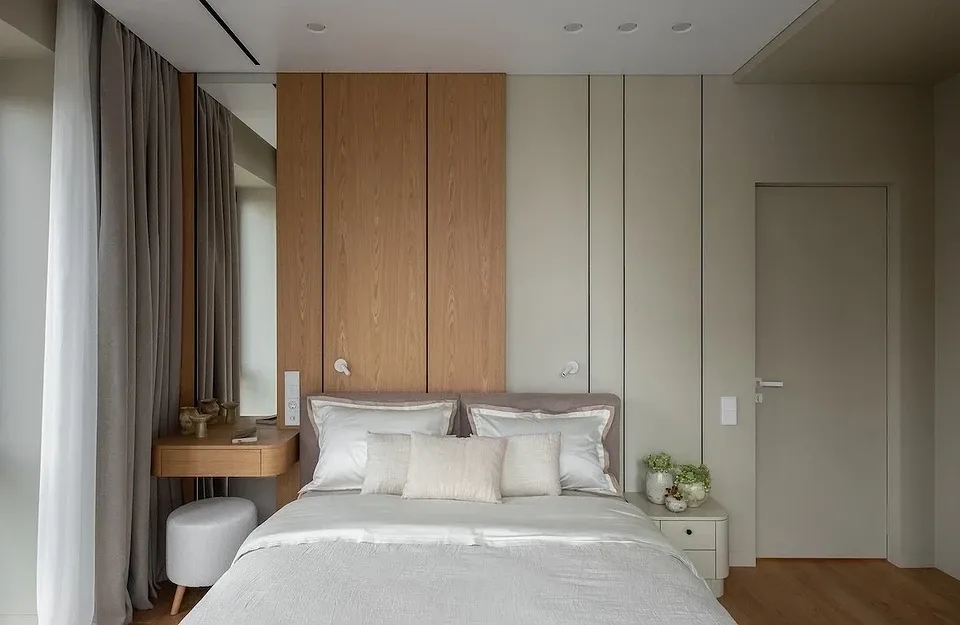
2. No Proper Darkness
The problem:
Even if you fall asleep easily, light from the street or street or early morning sun can wake you up too soon. Sheer curtains or blinds don't block enough light for deep sleep.
The fix:
Layer your window treatments:
- Sheer curtains for daytime
- Add blackout curtains, Roman shades, or roller blinds
This is especially important if your sleep schedule is irregular or you're sensitive to light.
Tip: Darkness increases melatonin production, a natural hormone that helps your body rest.
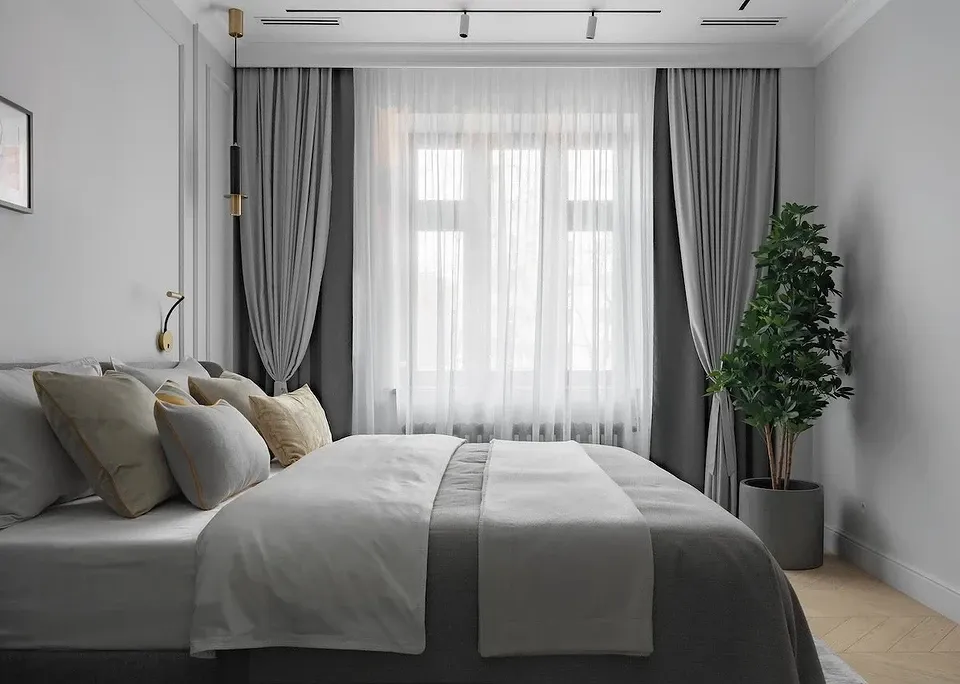
3. Too Much Decoration
The problem:
A bedroom full of small objects, wall art, or cluttered shelves keeps your brain visually busy, even when you're in bed. The space feels "active", not restful.
The fix:
Simplify. Let your bedroom feel quiet.
Choose:
- One piece of artwork you love
- A beautiful vase
- Soft textures over lots of decoration
Let your eyes rest when you walk into the room.

4. Loud or Harsh Color Palette
The problem:
Bright reds, neon yellow, or bold purple stimulate the nervous system. These colors feel exciting, not calming, which makes it harder to fall asleep.
The fix:
Use soft, muted tones:
- Warm gray, beige, soft white
- Powdery blue, sage green, warm taupe
- Deep calming tones: olive, navy, chocolate brown
If you love bold colors, keep them for small accents, not full walls or bedding.
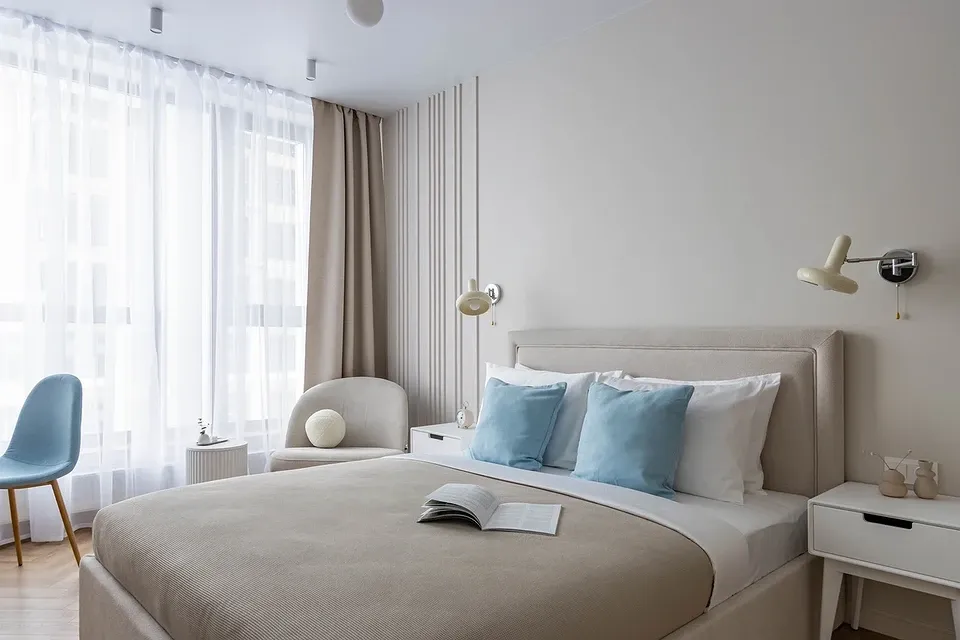
5. Too Much Technology
The problem:
Screens (TVs, laptops, phones) give off blue light, background noise, and blinking LEDs. Even a tiny charging light can disrupt your brain's natural rest signals.
The fix:
- Keep devices out of the bedroom, if possible
- No screen time 1 hour before bed
- Use soft alarm clocks instead of phones
- Hide wires and chargers out of sight
Bonus: your bedroom will instantly feel more peaceful.
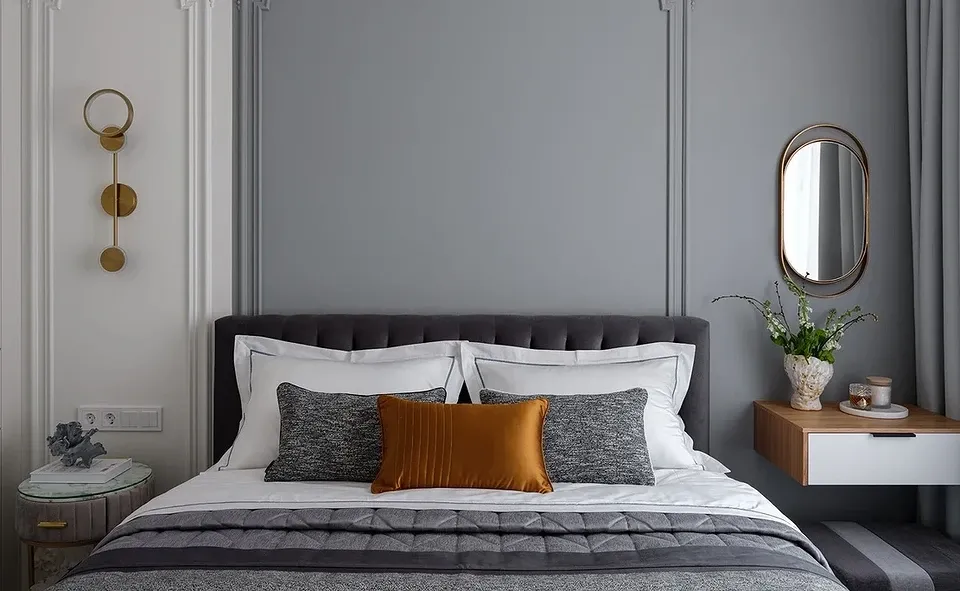
6. Uncomfortable Textiles
The problem:
Scratchy sheets, slippery satin, or synthetic fabrics can irritate your skin, trap heat, or feel too smooth, making it hard to relax.
The fix:
Choose breathable, natural fabrics:
- Cotton, linen, poplin
- Quilted blankets, soft woven throws
- Replace pillows that cause neck pain with orthopedic or ergonomic options
If your bedding doesn't feel good on your skin, your body won't fully rest, no matter how tired you are.
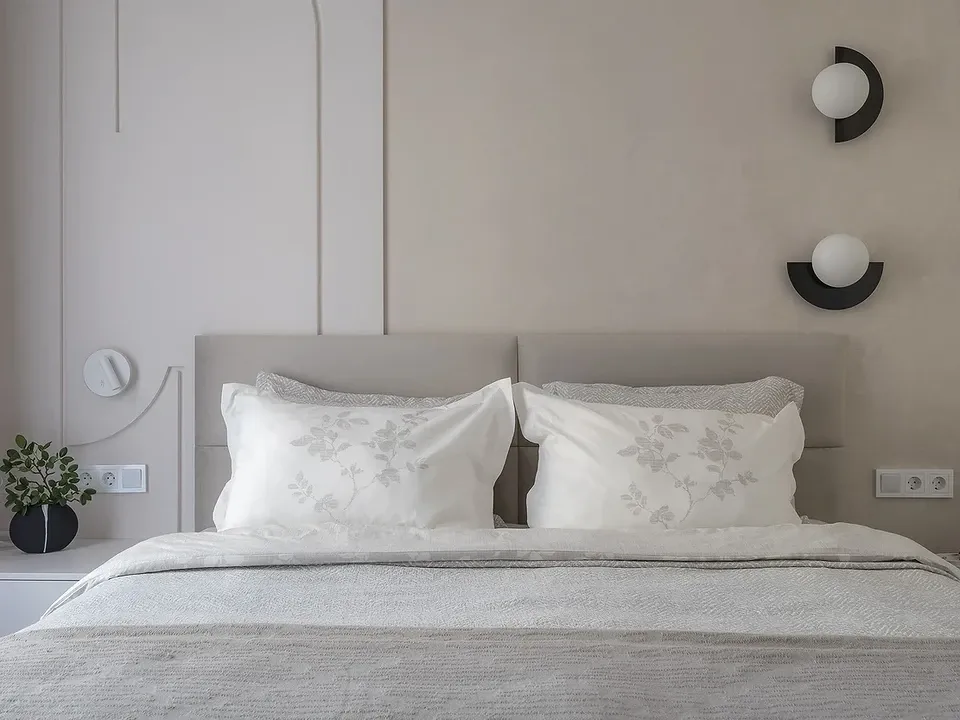
7. Visual Clutter & Poor Storage
The problem:
A chair full of clothes, books on the floor, open shelves, even when "clean", sends a message to your brain: "unfinished tasks."
The fix:
Tidy, hidden storage makes your space feel mentally calm. Try:
- A closed nightstand
- Minimal decor on the wall near your bed
- A basket for clothes instead of a chair
- A "drop zone" for tech or keys, away from the bed
Let your bedroom be a space with nothing to worry about.
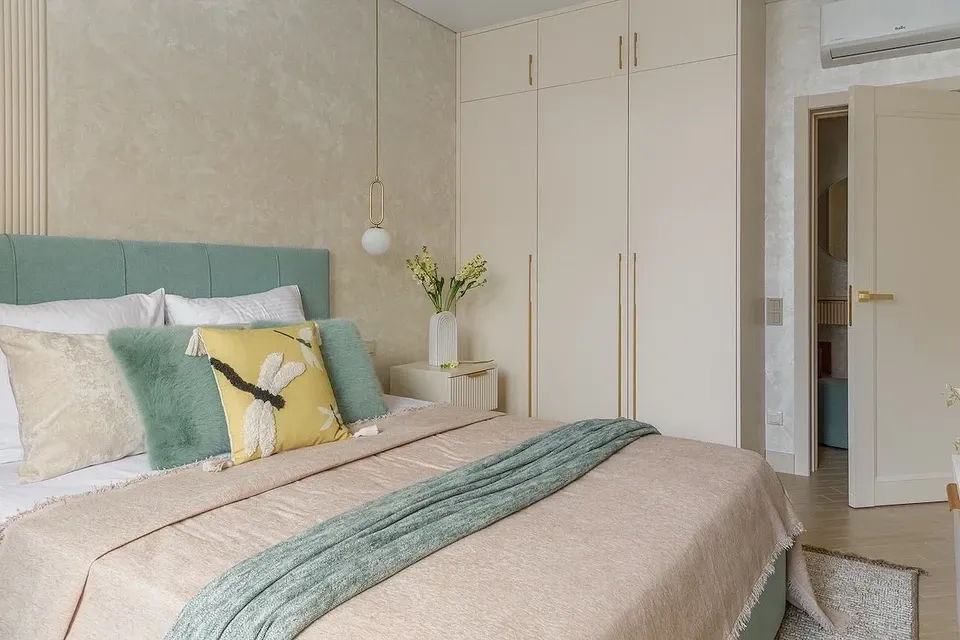
8. Bad Bed Placement
The problem:
Beds placed facing the door or directly across from a mirror can feel exposed or unsettling. If you sleep with your head near the door, your brain never fully relaxes.
The fix:
- Place the head of the bed against a solid wall
- Avoid putting it directly in front of the door
- Don't place it in front of mirrors (cover mirrors if needed)
If the layout can't be changed, use a soft screen or curtain to divide the bad zone from the rest of the room.
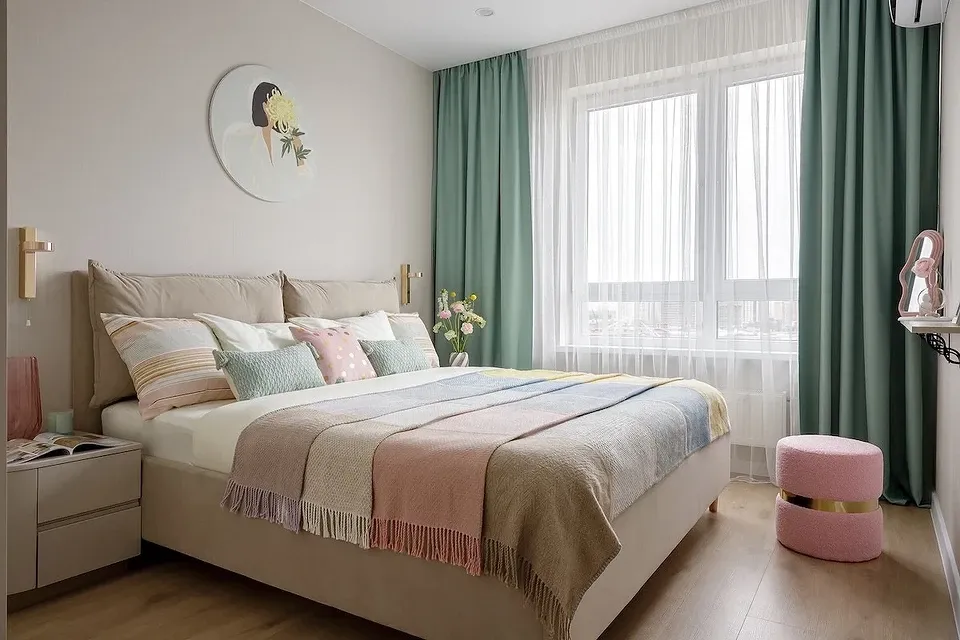
Your Bedroom Should Be a Retreat
Good sleep doesn't come from expensive furniture or decor; it comes from how a space makes you feel.
Your bedroom should whisper:
"Here, you can rest. Here, nothing demands your attention."
Start small. Fix one thing this week.
You don't need to be perfect; you just need to be intentional.

